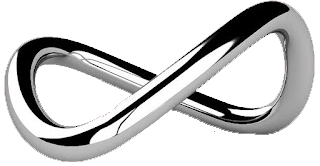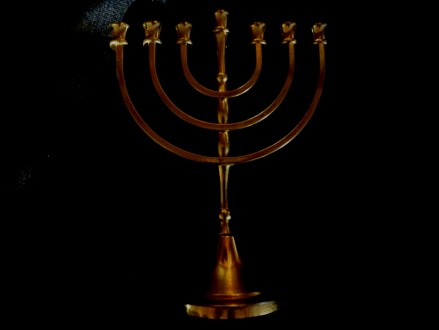Scroll down for English**
El último disco de Mara Aranda que se presenta en el festival de tres culturas que se celebra en la iglesia de La Magdalena en Córdoba, ha estado producido y dirigido por el citarista, laudista y experto en zanfonaJota Martínez, y un grupo de reconocidos músicos se ha reunido con el objetivo de llevar al público la música de este importante período de la historia española. Fue un período de casi ocho siglos en el que diferentes religiones coexistieron durante épocas de mayor y menor tolerancia entre sí, compartiendo su vida social y cultural: más de 24 generaciones de judeo-españoles, moros de Al-Andalus y los cristianos de Hispania.
‘Sephardic Legacy’ el disco de Mara Aranda, dedicado al repertorio de los judíos españoles, contiene los sonidos de los instrumentos españoles medievales, así como instrumentos de origen africano y mediterráneo oriental, y sigue el ejemplo del propio pueblo sefardí, adaptando su estilo musical a los instrumentos disponibles ya las regiones donde se asentaron.
Entrada libre, capacidad limitada
MARA ARANDA
Iglesia de la Magdalena
Friday 4th April 2014 | 20.30
Sephardic Legacy, her latest album dedicated to the Sephardic Jews’ repertoire
XVIII Three Cultures Music Festival
Group
Mara Aranda – Vocals, drum and castanets
Jota Martínez – Mediaeval lute, Ottoman lute, sitar, hurdy-gurdy, organistrum y percussion.
Aziz Samsaoui – Ganun and lute
Eduard Navarro – Hurdy-gurdy, fiddle, and small pipes.
Joansa Maravilla- Percussion, rabab, mediaeval lute.
Produced and directed by citar, lute and hurdy-gurdy expert Jota Martinez, a group of renowned musicians has come together with the goal of bringing the music of this important period in Spanish history to the public. It was a period of nearly eight centuries when different religions coexisted through times of greater and lesser tolerance to each other, sharing their social and cultural lives: over 24 generations of Judeo-Spaniards, Moors from Al Andalus, and the Christians of Hispania.
Sephardic Legacy contains the sounds of Mediaeval Spanish instruments as well as instruments of Northen African and Eastern Mediterranean origin, and follows the example of the Sephardic people themselves, adapting their musical style to the instruments available and the regions where they settled.
Free entry, limited capacity

